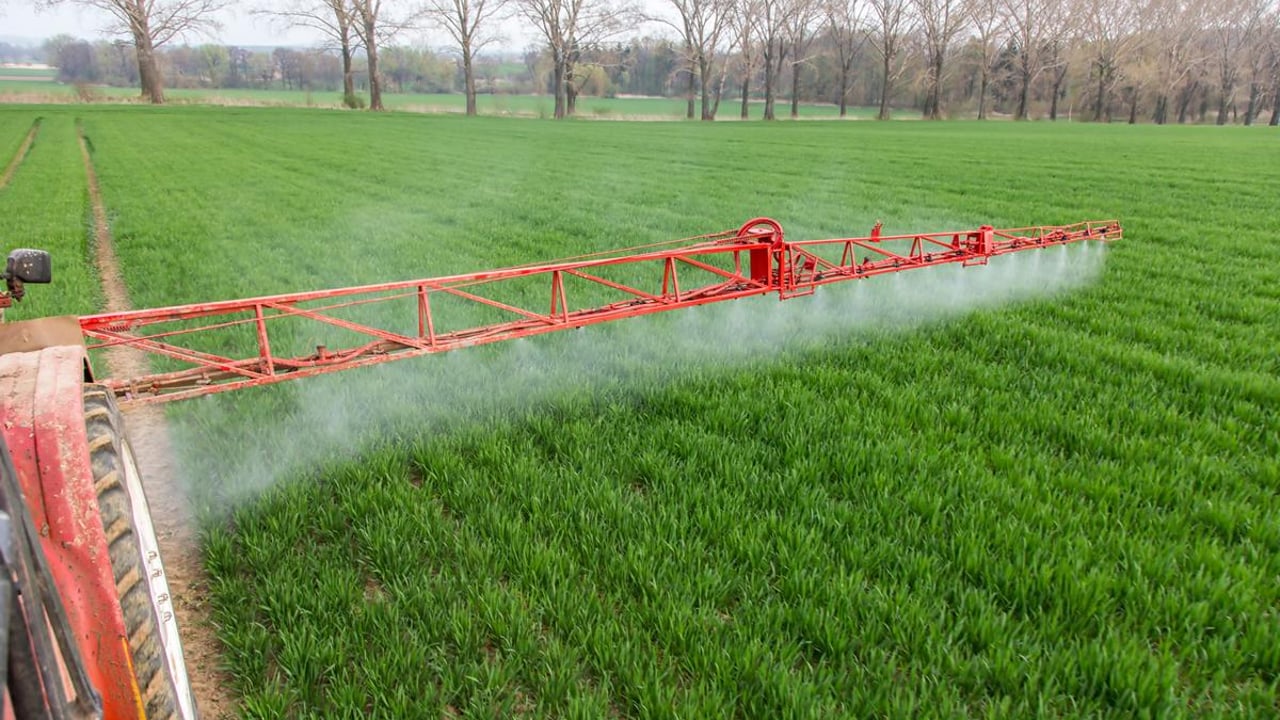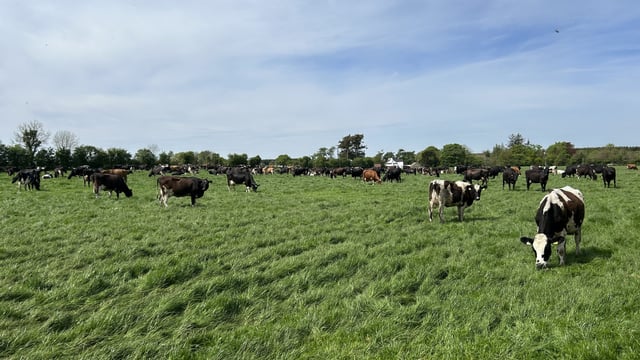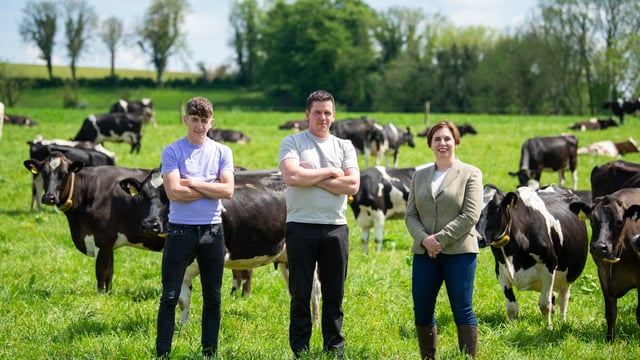Yellow rust and mildew an issue in winter wheat crops
Up to this point, yellow rust had been identified in winter wheat crops growing in the north-east of the country.
But now the problem has been tracked south with growers in the midlands confirming the presence of the disease.
“And we can add mildew to the list of disease challenges now confronting wheat growers across the country,” Teagasc tillage specialist, Shay Phelan confirmed to Agriland.
“At this stage, Teagasc is advising growers to inspect all of their fields now and to manage each on a bespoke basis.
“Taking a blanket approach and treating all winter wheat crops in the same way is not the way forward under current circumstances.”
According to Teagasc, outbreaks of yellow rust occur occasionally in certain prone varieties of wheat.
The disease can be controlled at the Leaf 3 timing with triazole-based and SDHI fungicides.
Mildew is most evident in dense, susceptible varieties of wheat on older leaves. It appears as white pustules on the leaf. Mildewicides are very active on wheat mildew.
Turning to spring barley, Phelan confirmed that most crops are going through their growth phases at a fair rate of knots.
“Magnesium and manganese deficiencies are now apparent in many crops. Growers should take steps to address these issues with immediate effect," Phelan continued.
“With the month of May beckoning, spring barley crops will be striving to reach their maximum growth potentials.”
Later sown crops of spring barley will also be prone to Barley Yellow Dwarf Virus (BYDV).
Teagasc research is delivering new insights into the challenge posed by BYDV for Irish tillage farmers.
Specifically, the work is confirming that extremely complicated processes are at play, all of which are associated with the relationship that develops between aphids, the virus they carry and the host cereal plant.
And each link in the chain has a number of factors that can work through to the final impact – if any - that BYDV can manifest within a crop.
For example, there are different forms of the BYDV virus, with differing capabilities of interfering with crop growth patterns.
In addition, the timing of the initial infection and the stage of plant growth can have a key impact on subsequent crop performance.
This is why sowing times are so critical in terms of the disease pressure that cereal crops are exposed to.
But in terms of practical advice to farmers, the route one BYDV prevention measure comes back to sowing date.
“March-sown spring barley crops will not need an insecticide to control BYDV; it’s too early in the season," Phelan advised.
“On the other hand April-sown crops, will, invariably, require an insecticide to control the issue.
“Where autumn sown crops are concerned, the late-early scenario also kick-in, but this time in reverse. Later sown crops are less exposed to the threat posed by aphids.
“And, of course, all of this comes down to grower choice. Some farmers may not wish to use an insecticide under any circumstances," he added.





